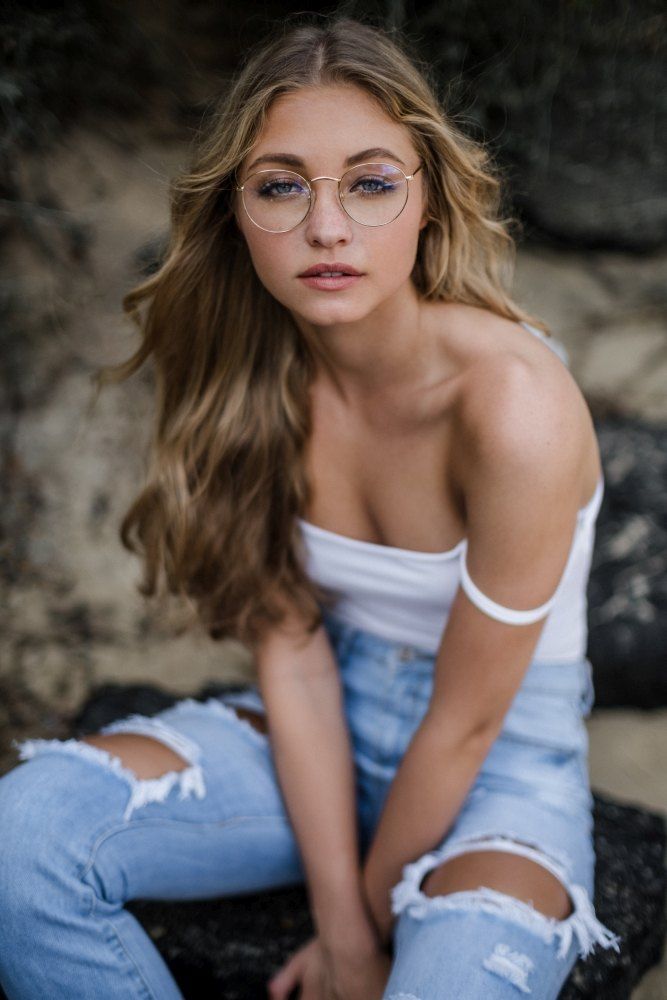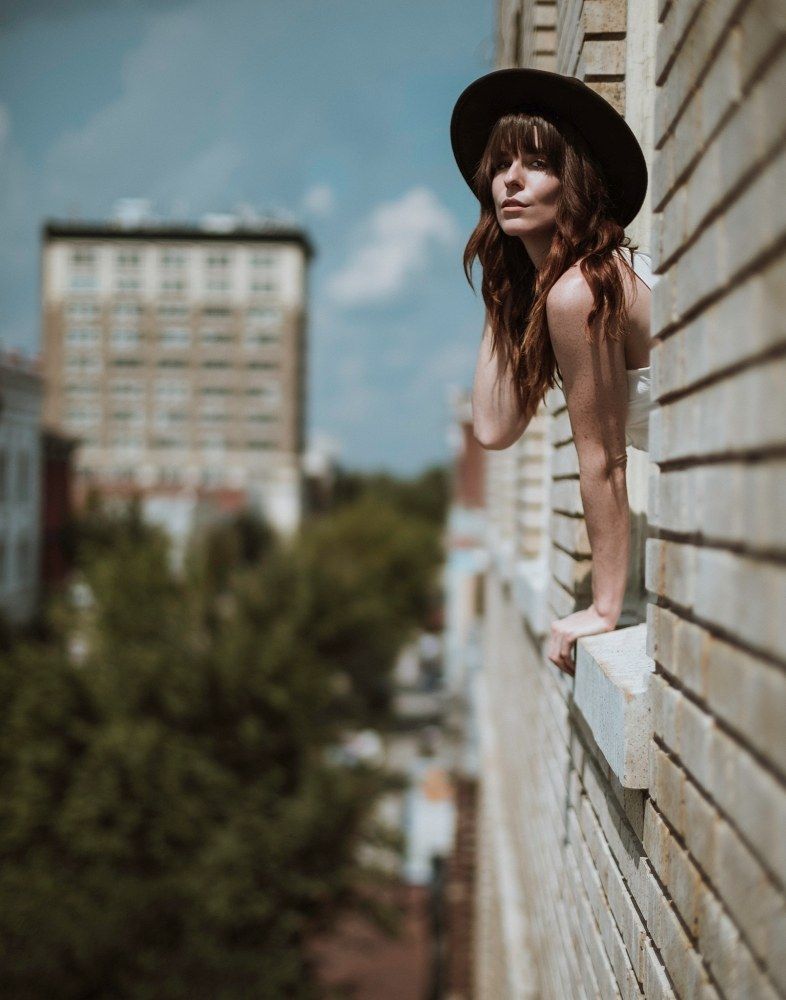
A 35mm F/0.95 Lens For Less Than $600? Yes!
Browse any photography forum and you’re likely to hear about the same set of lenses over and over again. Canon, for example, has a few that regularly come up: the dreamy 85mm f/1.2, the versatile 24-70mm, and the workhorse 70-200mm f/2.8.
However, there’s a lens that’s quickly becoming a fan favorite: the Zhongyi Mitakon 35mm f/0.95. You read that right. This lens has a maximum aperture of f/0.95!
Here’s what you need to know about this lens: it’s made for ASP-C format cameras, so it’s crop sensor only (no full frame). That means if you’re shooting Canon, Sony, or Fuji mirrorless, this lens will work with your camera.
Sorry Nikon users. But check this out! The Zhongyi Mitakon Creator 35mm f/2 Lens for Nikon F Mount is less than $150 USD!
Now, before I convince you to go out and buy it (the 35mm f/0.95) (and trust me, you’ll definitely want to), let me first quickly tell you how I discovered this marvel of a lens.
I’ve been shooting with the Fuji XT-2 since it was released, and a few months ago I was looking for a good 50mm prime with some serious background blur. I wanted something that would really help my portraits pop with really pronounced subject/background separation. At one point I was almost convinced to go for the 35mm f/1.4 (remember, a 35mm on a crop frame is about the same as a 50mm on a fullframe), but then my friend reached out to me and urged me to consider something different.
“Check out the Mitakon 35mm. It’s super-fast and has excellent bokeh. It’s worth a look,” he encouraged.
“The Mita-what?!” I remember thinking. But after looking up the lens, I was blown away. He wasn’t kidding. F/0.95?? That’s some serious speed. Immediately, though, I discovered one drawback that was almost a dealbreaker for me.
It’s manual focus only.
Prior to getting this lens, I had always shot with autofocus. As a portrait photographer, I never really had the need to use manual focus. I almost decided against buying it, until I read its rave reviews.
Photographers were posting some amazing images taken with it on their blogs. Their images had a narrow depth of field I had never seen produced by a crop-sensor before.
I was sold. I ordered the lens on B&H that same night. Best. Decision. Ever.
If you’re interested in the Mitakon lens and wondering how you might be able to use it with your own photography, there are a few things you should know. Here’s what we’ll uncover about the Mitakon 35mm f/0.95 today:
- Build quality
- Optical quality and performance
- Real-world application
Let’s get right into it!
Build quality
First things first, this lens feels like a tank. Weighing in at about one pound, it’s nearly three times heavier than my 35mm f/2, so the difference is quite noticeable. Fortunately, it’s not so heavy that it’s a hindrance to use. The focus and aperture rings have the perfect amount of resistance – not too loose, not too stiff. One important thing to note is that the aperture ring has click-less stops, so adjusting f-stops is buttery smooth. If you’re used to clicks, it might take some getting used to, but I appreciate the fluid and natural motion of twisting the ring and adjusted to it immediately.
Optical quality and performance
If you’re into dreamy background blur, this lens delivers. Shooting wide open with this lens gives you about the same look that shooting 50mm at f/1.4 would give you, except the focus fall-off with the Mitakon is unlike anything I’ve ever seen. Take a look at the difference between the subject’s face and her neck in the following image – the depth of field is quite dramatic.

EXIF: f/0.95, 1/4000s, ISO 200.
Key lesson: Remember that depth of field is not just a matter of aperture; focal length, the distance between you and your subject, and the distance between your subject and the background all play a key role in how much depth of field your image will display. If you’re shooting wide open and the background is still too in-focus for your liking, you can have your subject step away from the background or you can choose to get closer to your subject. Just keep in mind that shooting too close to your subject may result in an unflattering effect due to focal distortion.
The Mitakon does have a natural vignette that’s the norm for fast lenses, but I’ve never had a problem with it. If you need to, it’s easily correctable in post-processing by applying a lens correction profile.
When shooting with this lens, chromatic aberration has never been an issue for me, which is a pleasant surprise, as shooting with fast primes has almost always involved having to remove purple fringing in post-processing.
Key lesson: Shooting wide open is generally the culprit as to why you’re getting purple fringing in your images. To minimize this, stop down on your aperture until the effect is less noticeable.
Real-world application
Here are a few ways to get the most out of the lens:
- Enable the “shoot without lens” option. This feature is named differently for every camera, but the function is the same. Turning it on allows you to shoot with adapted and manual lenses. (Remember, this lens does not have autofocus!) Otherwise your camera won’t allow you to press the shutter to take photos.
- Use focus peaking. If your camera has focus peaking, turn it on. You can usually choose which color you’d like to use as well. Turning this option on will highlight the part of the image that’s in focus, allowing you to ensure accurate focus of your subject.
- Use zoom magnification. For even greater assurance that you’re nailing focus, you can zoom in on your subject in the viewfinder or LCD screen to make sure where you’re focusing is razor sharp. (For me, that’s always the subject’s eyes.) Again, this option is different for every camera, but on my Fuji XT-2 all I have to do is press the zoom dial in and it magnifies the image by 5x, zooming into wherever I have the focus point placed.
Let’s look at some images taken with the lens.

f/1.4, 1/200s, ISO 1600. Admittedly, shooting pets with this lens can be very challenging. Trying to capture hyper or fast-moving subjects is no easy task. Fortunately I was lucky enough to catch this cute pup while he was taking a breather.

f/0.95, 1/950, ISO 200. Shooting donuts with this lens was almost as enjoyable as eating them! Almost.

f/0.95, 1/12,800s, ISO 200.
Key lesson: If your camera has an electronic shutter, you can take advantage of its extremely fast shutter speed to achieve background blur in broad daylight! To do this, make sure your shutter is set to electronic (generally by going into your camera’s menu system). Then, stop up your aperture so that you’re shooting either wide open or close to it. Now take your shot. Because you’re able to shoot much faster than a mechanical shutter would allow, you should be able to get great background separation without blowing out your image. No neutral density filter is needed!

f/2.0, 1/200s, ISO 250.
With a minimum focusing distance of just over a foot, the Mitakon lets you get close enough to capture details.
For those curious about just how different each stop is in depth of field, here are some examples. Each portrait was taken in the same spot, with the same subject. The only thing that changed in the scene was the lighting. Pay attention to how the background starts to come into focus as I narrow my aperture from wide open to f/16.
(Note: The following images were shot at f/0.95, f/1.4, f/2, f/2.8, f/4, f/18, and f/16, respectively.)

f/0.95

f/1.4

f/2.0

f/2.8

f/4.0

f/18

f/22
Conclusion
The Mitakon is a wonderful lens that offers a depth of field unlike any other. For photographers who are looking for dreamy background blur in their images, it’s hard to beat. The fact that it’s manual focus forces you to slow down with your shots to make sure you have your subjects properly in focus. It takes some practice, but in time you should find yourself capable of achieving focus fairly quickly, even with moving subjects.
At the end of the day, many people are drawn to this lens because of its ability to shoot at f/0.95. It’s just cool to even say! But remember, not every photo demands shooting wide open, so consider what you’re shooting and ask yourself if it would be better to stop down to get a little more of the scene in focus.
Self-check quiz:
- True or false: The Mitakon is a manual focus lens only.
- True or false: The Mitakon works with all cameras
- What benefits does shooting with an electronic shutter over a manual shutter allow?
- What is the minimum focusing distance for this lens?
- How do you minimize chromatic aberration while shooting?
- Name two ways to ensure accurate focus while using the Mitakon lens.
About the Author
Kevin Kleitches is a photographer and educator based in Wilmington, North Carolina. He believes that creating and collaborating have the power to transform your life. You can read his photography and business tips on his blog and check out his Instagram, where he posts daily.
Want More?
If you’d like to produce your own inspiring, memorable images that convey real meaning and emotion, our Art of Portrait Photography eBook is the perfect next step.
It covers everything you need to know to take consistently great portrait shots – lighting and posing tips, composition guidelines, getting great shots from minimal equipment, and much more. Go here now to find out more – The Art of Portrait Photography

